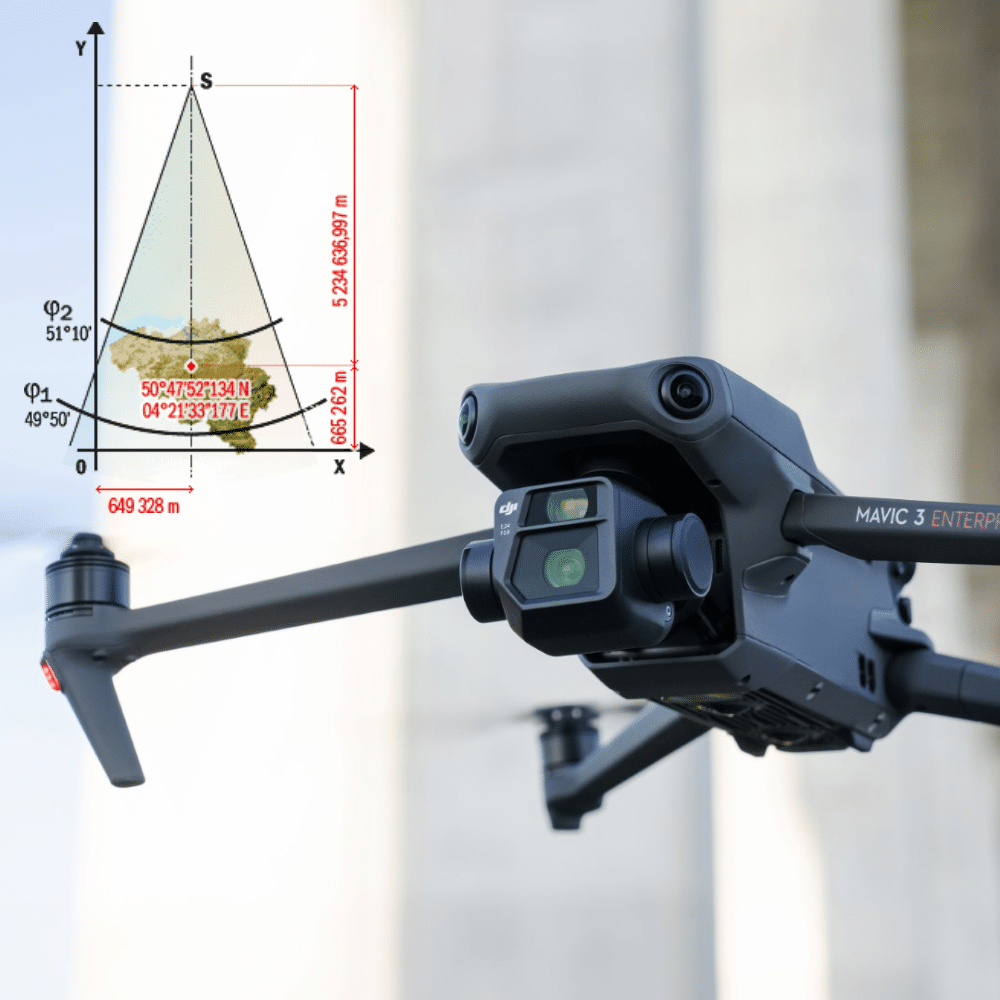News
DJI Terra and the Belgian Lambert 1972 system
Drones, or unmanned aerial vehicles (UAVs), are increasingly being used in the surveying field to collect topographic data more quickly, safely, and efficiently. UAVs can be equipped with cameras, laser scanners, and other sensors to collect accurate data on land features, including landforms, elevations, and distances.
The Lambert 1972 system is a map projection system widely used in Europe, especially in France and Belgium, to represent topographic data on maps. This system uses a conformal conic projection to represent the earth's surface on a flat map. It was developed in 1972 to replace the Lambert 1950 system.
Drones can be used to collect topographic data in the Lambert 1972 system using sensors such as cameras and laser scanners to collect position and elevation data. The collected data can then be used to create maps and topographic models using 3D mapping and modeling software.
Using drones to collect topographic data has many advantages over traditional methods. Drones can collect data faster and more efficiently than field crews, reducing the time and costs associated with data collection. Drones can also access hard-to-reach or dangerous areas, such as cliffs or areas at high risk of avalanches.
In addition, drones can be equipped with high-precision sensors that can collect more accurate data than traditional methods. Drones can also fly at higher altitudes to cover larger areas, allowing data to be collected on entire regions in a single mission.
In conclusion, the use of drones in the surveying field is becoming more common as it offers many advantages over traditional methods of topographic data collection. Drones can be used to collect data in the Lambert 1972 system using high-precision sensors to create accurate and detailed topographic maps and models.
Before you can process your first work in the DJI Terra photogrammetry software, you have to go through the process of setting the coordinates. Without this, you will have errors and the readings taken with your drone will not be valid.
In this mission example we will choose a visible light mission
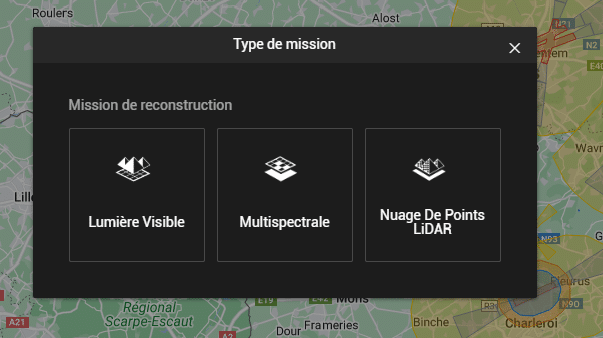
Before starting the reconstruction, you have to set the data parameters.

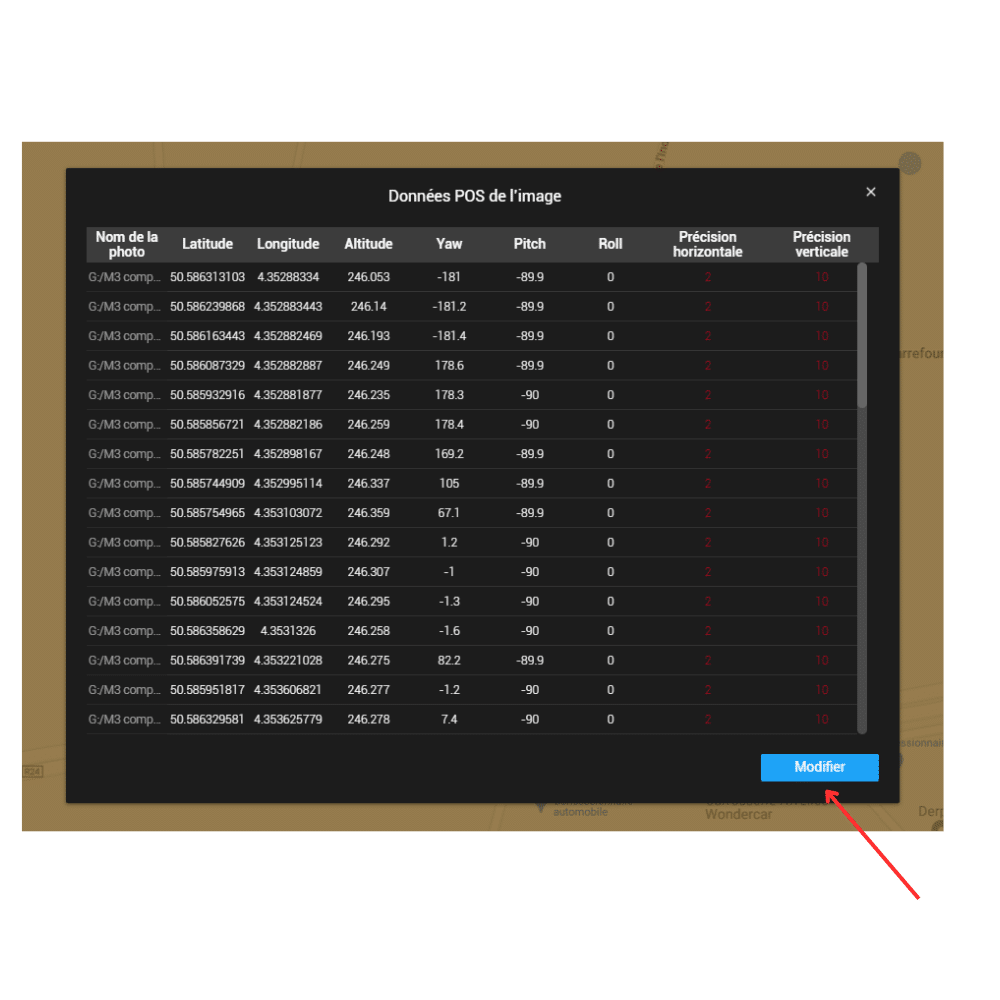
Choose known coordinate system
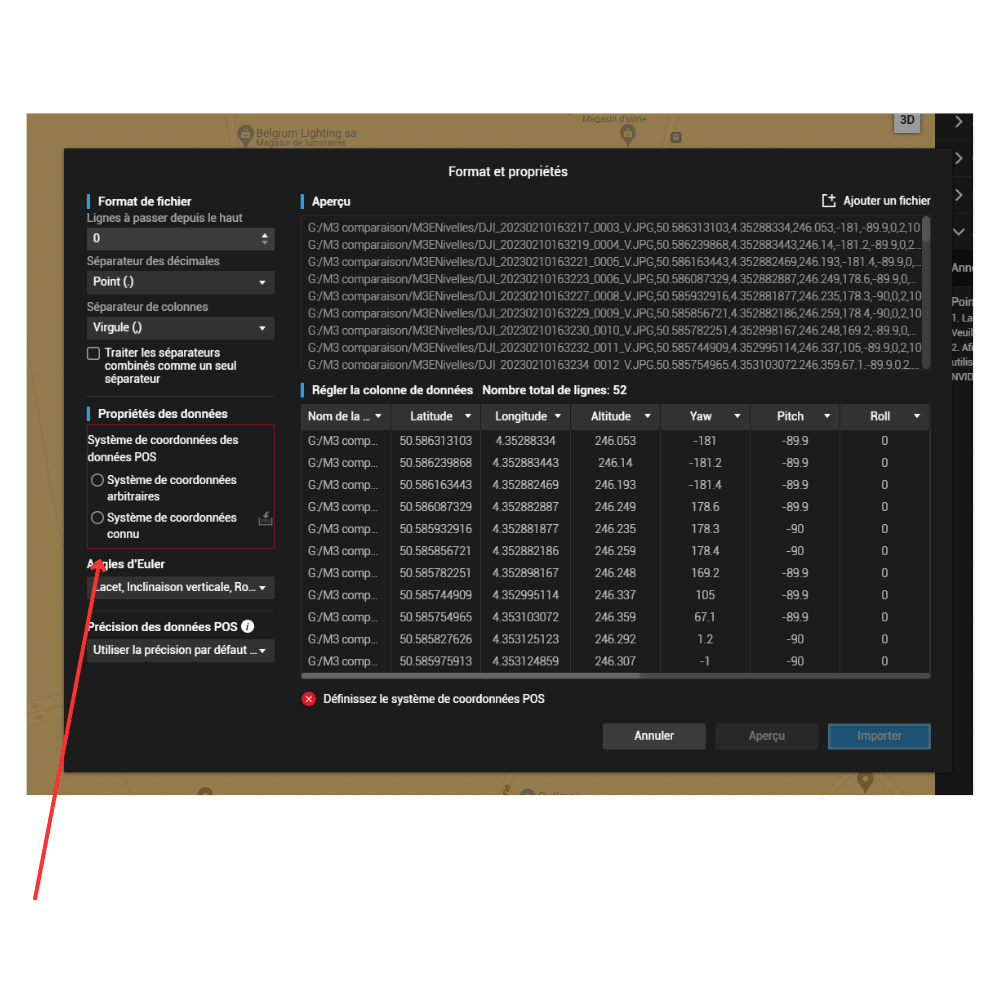
The values to be integrated are Belgian 1972
For Geoid settings, this is the Ostend height, you will have to check the altitude of your land here https://cdn.proj.org/
On this site you choose in Content/types, you choose Goid Models and in agencies the box be-ign only, the other boxes must be unchecked.
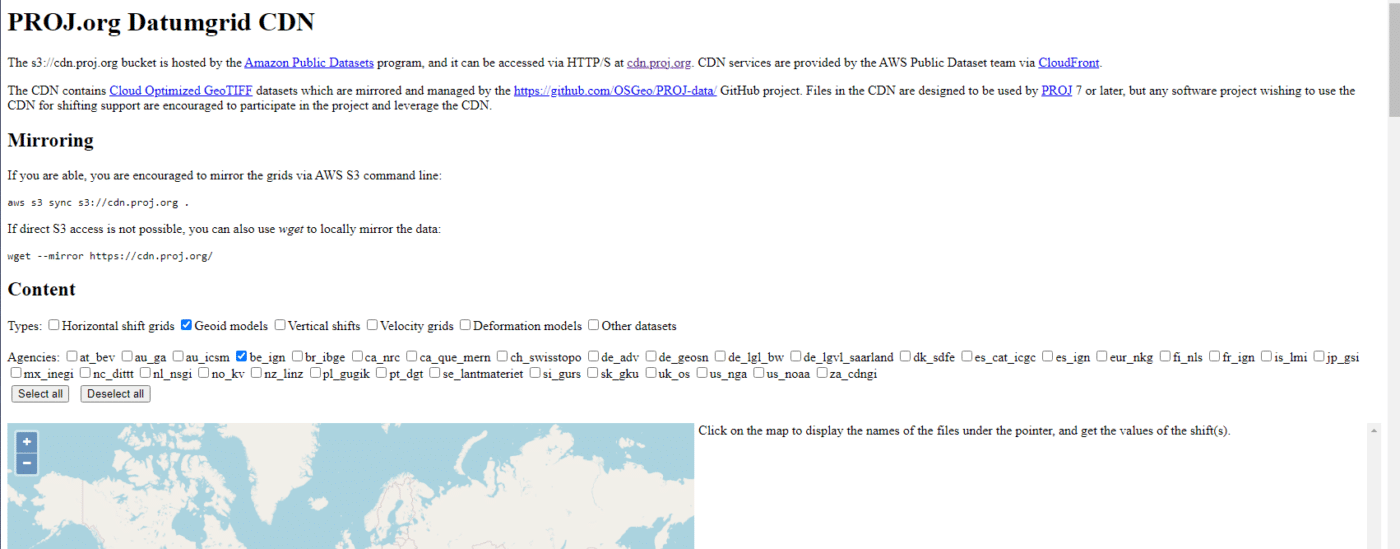
You zoom in the image and look for the field where you were for your flight. Here we were in Nivelles.
You simply point your mouse on the area and you get in our case a geoid_undulation of 43.269 meters.
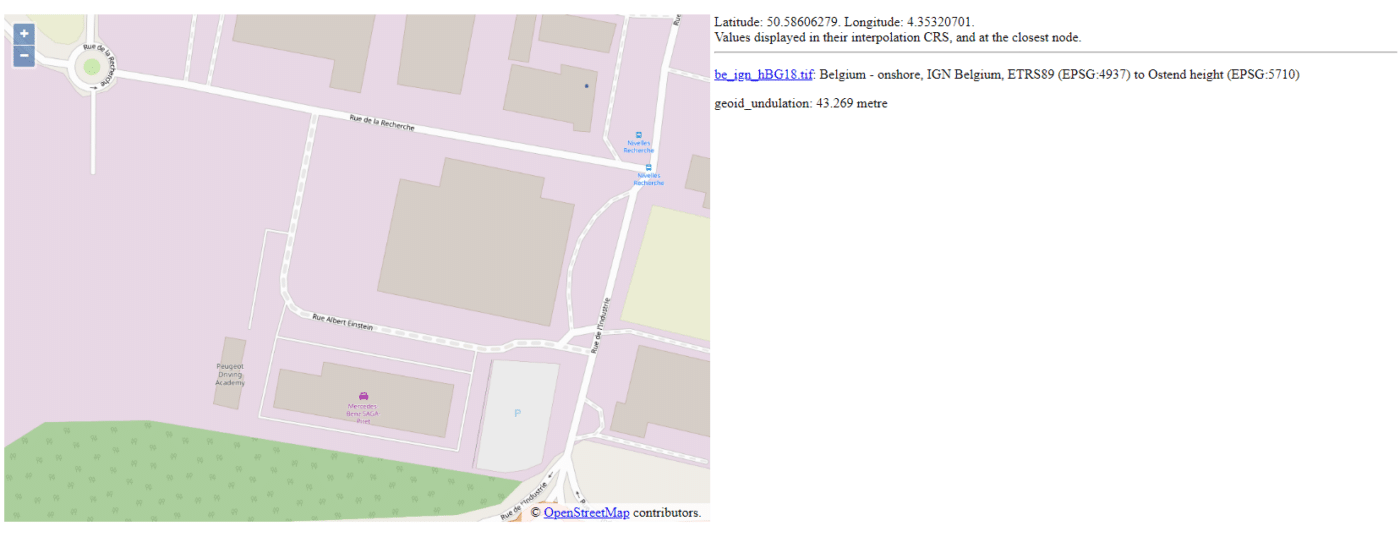
This value is to be referenced in DJI Terra but putting a minus in front of the number, so here -43.269m

From this step you can start the reconstruction and the values will be correct.

